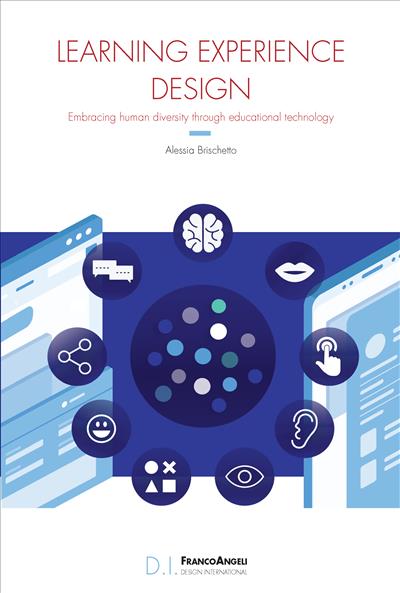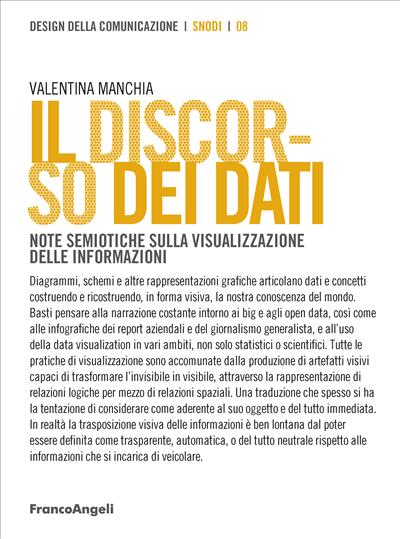
Learning Experience Design
Embracing human diversity through educational technology
Starting with the knowledge related to Ergonomics in Design and design for inclusion, this book aims to provide an opened and integrated point of view to the disciplines of cognitive psychology, pedagogy and human-computer interaction. It configures as a flexible tool for understanding key aspects concerning the use of technologies and their effects, with special regards to the experiential dimension on a human scale, particularly tailored to weaker people.
Pages: 236
ISBN: 9788835102113
Edizione:1a edizione 2020
Publisher code: 319.10
Can print: No
Can Copy: No
Can annotate: Sì
Format: PDF con DRM Readium LCP
Pages: 236
ISBN: 9788835124894
Edizione:1a edizione 2020
Publisher code: 319.10
Can print: No
Can Copy: No
Can annotate: Sì
Format: ePub con DRM Readium LCP




